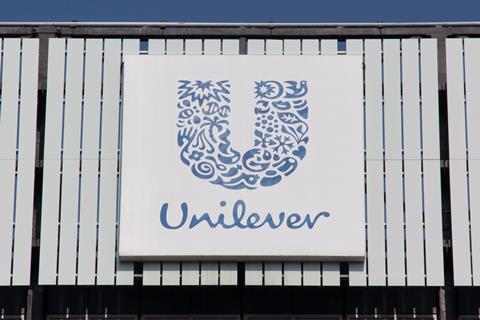
Last week was dominated by capital market events from three of the biggest fmcg players: Nestlé, P&G and Unilever. It was a good opportunity to take the temperature of the industry.
Not surprisingly, innovation, volume, marketing spend, and cost savings were top of the agenda. Nestlé was first up, and it was a chance to hear the strategy from new CEO Laurent Freixe. The company plans to step up marketing spend from 8% to 9% of sales as it looks for bigger, bolder innovation that can move the topline needle and improve its market share momentum.
To fund this investment, Nestlé has announced a new CHF2.5bn cost savings plan over three years, with more details to be provided in February 2025.
Nestlé talked about its underperformers, which are concentrated in 15 to 20 country/category cells. It has specific plans for each of them, but in the vast majority, the expectation is they can be fixed rather than divested. Nestlé Waters is the only possible exception where it might be open to external partnerships.
Nestlé is looking for 4% organic sales growth in the medium term, assuming food and beverage industry growth of 2%-3%. Given that it plays in higher growth spaces such as coffee and pets, Nestlé’s management thinks its category growth should be higher, at 3%-4%. And considering the plan to step up investments, the aim is to grow by 4% or more.
In the short term, however, input costs for Nestlé are challenging. First it was cocoa, and now arabica coffee prices have risen to their highest level since 1997, with fears of shortages and specific concerns around the Brazilian coffee crop. This inflation will require another round of pricing.
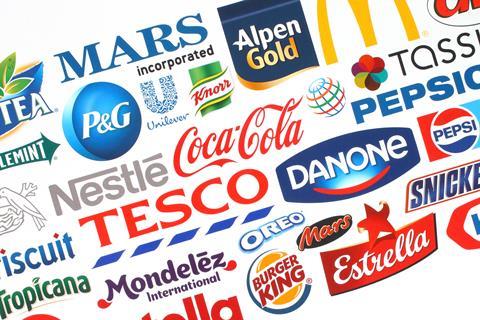
However, in an interesting intervention, Nestlé’s chairman Paul Bulcke admitted the company perhaps went a bit too far with prices previously, and some may need to be rolled back as consumers prioritise affordability. How Nestlé squares this circle on pricing when it still faces input cost pressures will be of interest across the industry.
The tone of Unilever’s CMD was very different to Nestlé’s. Its growth action plan is delivering results and tt extended its strategy out to 2030, whilst emphasising it is still early days. Unilever has been focusing its resources into its 30 ‘power brands’, which account for 75% of sales, but it will now go one step further and prioritise its top 24 geographies which make up 85% of its sales. This new market segmentation is aimed at delivering more focus and impact.
Unilever delivered its best volume growth in Europe in a decade in Q3 2024, and its US business has been transformed by the higher weight of its fast-growing Prestige cosmetics and health unit. It expects its overall global market share performance to turn positive in 2025. Management was also notably bullish on India, which it deems Unilever’s single biggest near-term opportunity, and it will do whatever it takes to both defend and strengthen its business there.
Read more:
-
Nestlé turnaround plan gets muted market reaction
-
P&G taps AI to find cold water cleaning enzymes
-
Ben & Jerry’s ‘silenced’ by Unilever over Palestine, lawsuit claims
Unilever is also making meaningful interventions to accelerate cost savings, especially given the pending separation of ice cream. It reiterated its €800m of savings and €300m of material cost savings.
Unilever believes its inflation bill can be at least 1% below the market because of the work it is doing on competitive buying as well as value chain interventions. One of the more intriguing moves was the €100m investment to build a fragrance house inside Unilever. This is to ensure it is getting the most appropriate and best fragrances for its brands at the best prices. It will no doubt also be helpful in pricing negotiations with its flavour and fragrance suppliers.
The other interesting element was around how its marketing strategy is evolving. Given 56% of Gen Z consumers make brand purchases after getting recommendations from influencers, Unilever acknowledges it needs to do things differently. The fmcg giant now plans to skew its media marketing mix to social media from 30% to 50%, using influencer marketing via expert agencies and AI for real-time digital insights. The plan is to increase its social media content 20-fold.
Overall, it feels like everyone is trying to emulate P&G’s strategy, which has been consistent for almost a decade. The key is to find savings to fund higher and more targeted consumer media, coupled with differentiated innovation that creates ‘new’ markets to delight consumers. However, it is easier said than done, and will come with real cost implications.







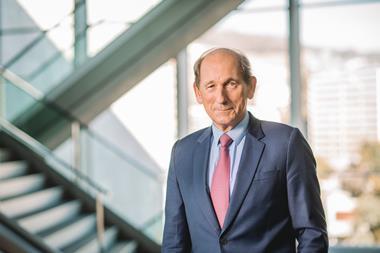
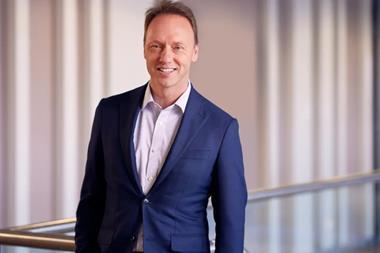
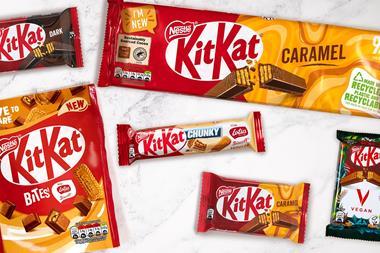

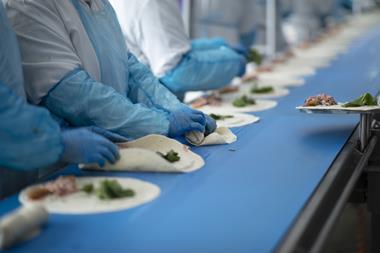
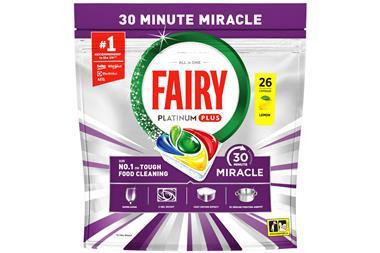
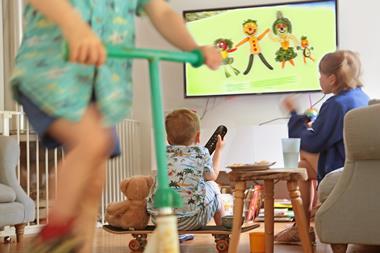
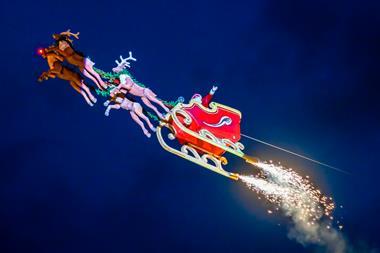


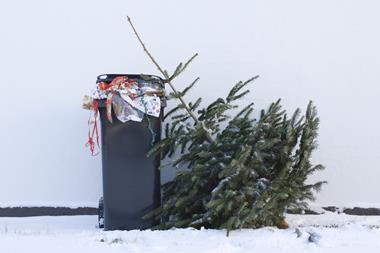

No comments yet